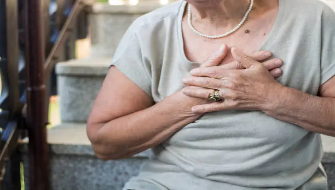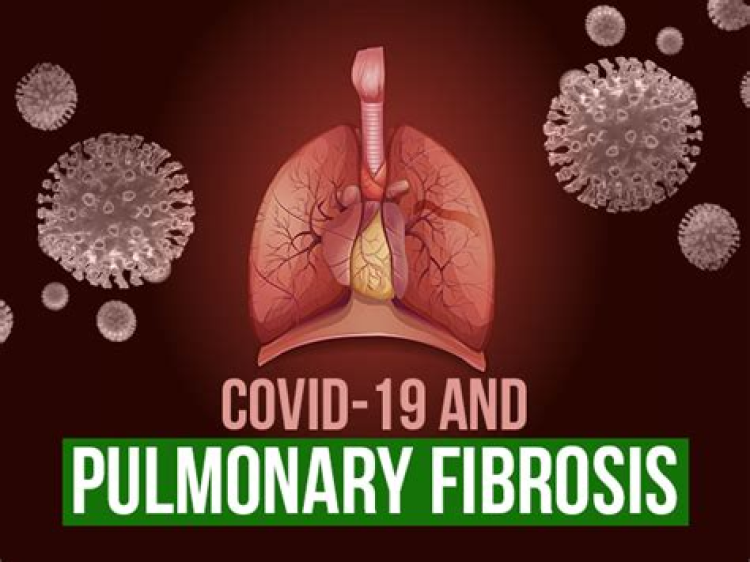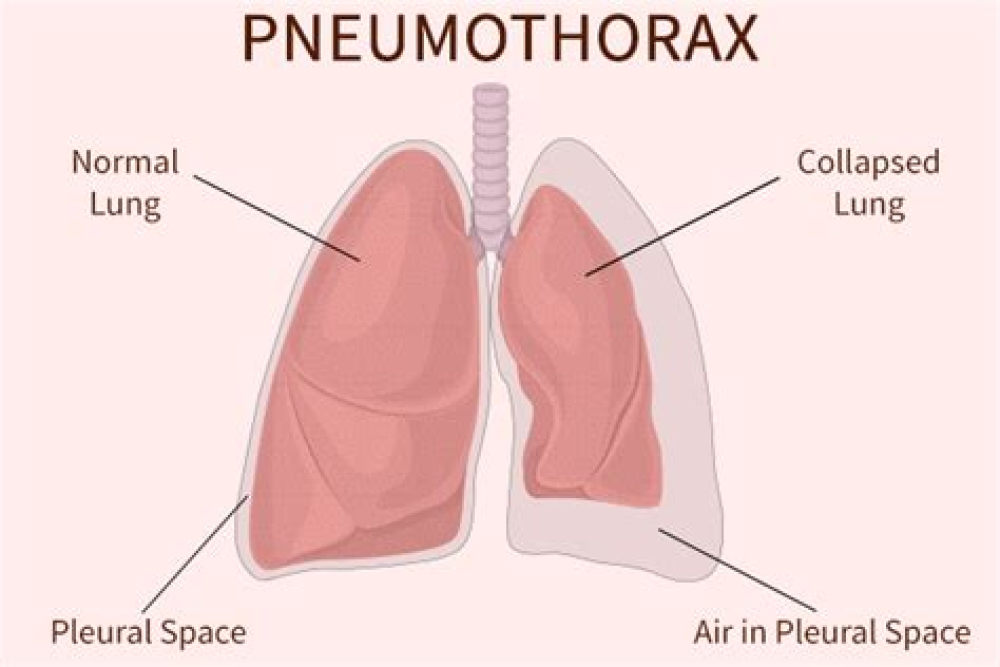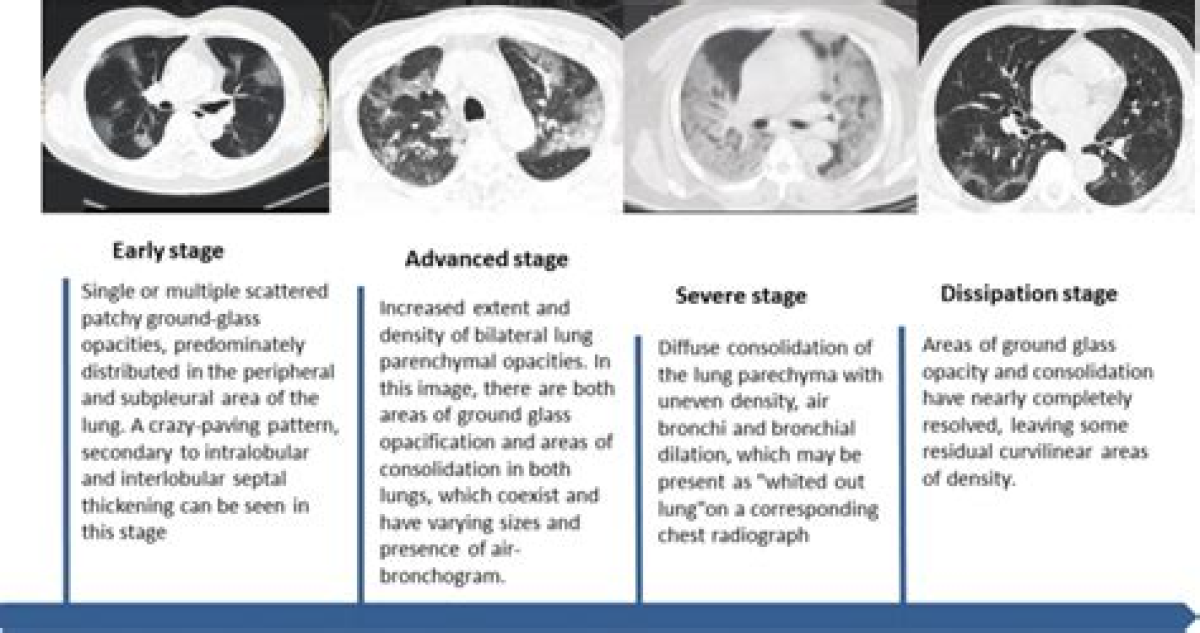
COVID-19 Lung Damage
Panagis Galiatsatos, M.D., M.H.S. February 28, 2022 Like other respiratory illnesses, COVID-19 can cause lasting lung damage. Panagis Galiatsatos, M.D., M.H.S., is an expert on lung disease at Johns Hopkins…[...]
Read More
Panagis Galiatsatos, M.D., M.H.S. February 28, 2022 Like other respiratory illnesses, COVID-19 can cause lasting lung damage. Panagis Galiatsatos, M.D., M.H.S., is an expert on lung disease at Johns Hopkins…[...]
Read More
Authors: Keir E. J. Philip, Bradley Lonergan, Andrew Cumella, Joe Farrington-Douglas, Michael Laffan & Nicholas S. Hopkinson BMC Pulmonary Medicine volume 20, Article number: 319 (2020) Abstract Background The COVID-19 pandemic is having profound psychological impacts on populations globally, with increasing…[...]
Read More
Authors: Jia-Ni Zou , Liu Sun , Bin-Ru Wang , You Zou , Shan Xu, Yong-Jun Ding, Li-Jun Shen, Wen-Cai Huang, Xiao-Jing Jiang, Shi-Ming Chen Published: March 23, 2021 https://doi.org/10.1371/journal.pone.0248957 Abstract The characteristics and…[...]
Read More
Authors: Woon H. Chong,a,⁎Biplab K. Saha,bKurt Hu,c and Amit Chopraa Abstract Background Pneumothorax has been frequently described as a complication of COVID-19 infections. Objective In this systematic review, we describe the incidence,…[...]
Read More
Authors: Aasir M. Suliman, Bassel W. Bitar, Amer A. Farooqi, Anam M. Elarabi, Mohamed R. Aboukamar, Ahmed S. Abdulhadi Abstract Coronavirus disease 2019 (COVID-19), which initially emerged in Wuhan, China, has rapidly swept around the…[...]
Read More
Authors : King P Abstract: Bronchiectasis is defined by permanent and abnormal widening of the bronchi. This process occurs in the context of chronic airway infection and inflammation. It is usually…[...]
Read More
Authors: Roberto F. Nicosia,∗∗ Giovanni Ligresti,† Nunzia Caporarello,‡ Shreeram Akilesh,∗ and Domenico Ribatti§ Patients with coronavirus disease 2019 (COVID-19) who are critically ill develop vascular complications characterized by thrombosis of small, medium, and large vessels.…[...]
Read More
Authors: Bethany Milliron, Travis S Henry, Srihari Veeraraghavan, Brent P Little Bronchiectasis is permanent irreversible dilatation of the airways and occurs in a variety of pathologic processes. Recurrent infection and…[...]
Read More